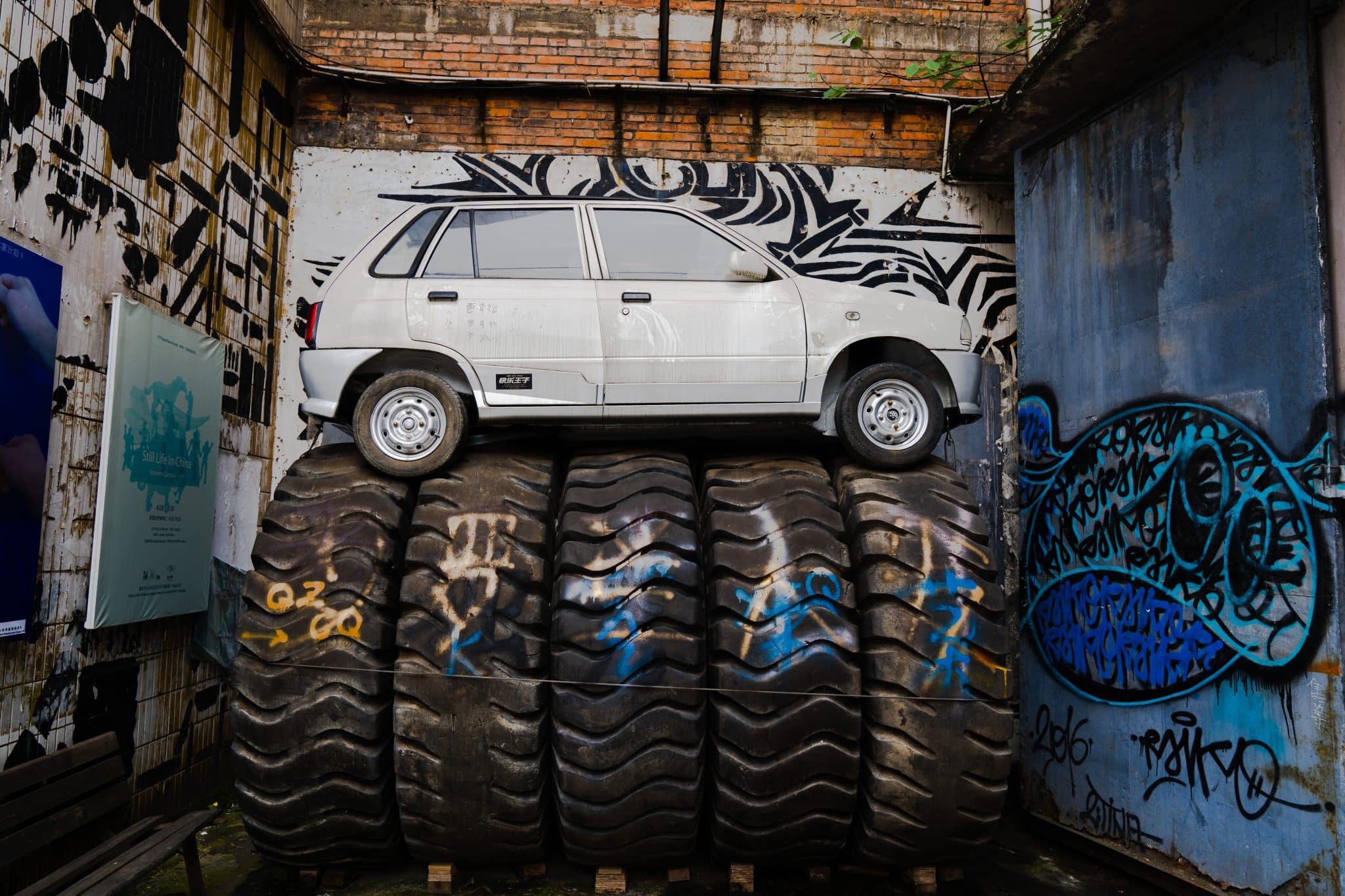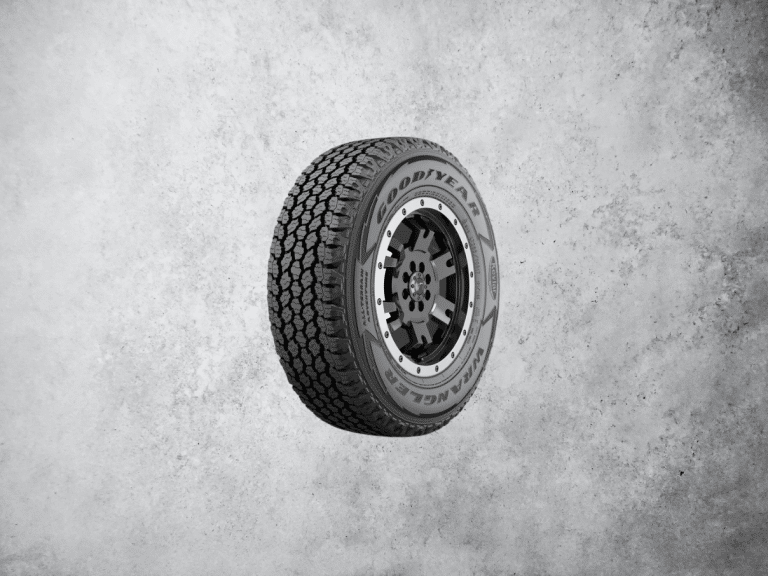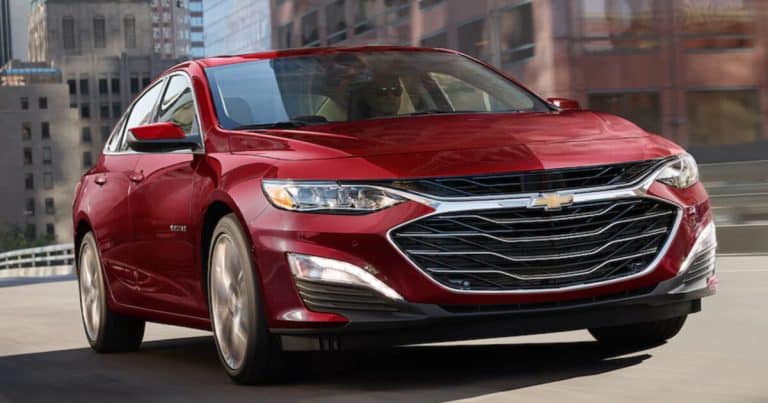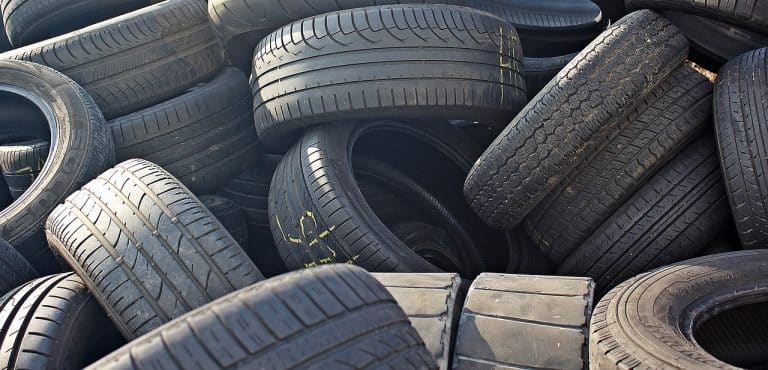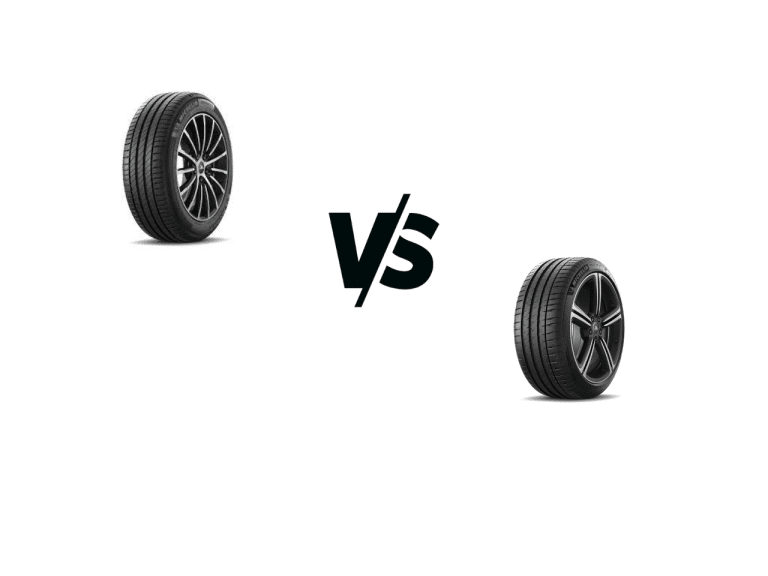How Tires Affect Ride Quality
Whenever we talk about cars, we mention all the various aspects of how they drive. As an enthusiast, the first thing I’ll cover is how much a car weighs and how it handles. Other people may be more inclined towards how a car rides in terms of comfort or noise levels.
We all have some preferences and based on those, we choose the cars we want to drive. For most people, the ride quality is more important than the car handling dynamically, which I’ll discuss today. With any car, the main component responsible for the ride is the suspension.
Another component that can help with the ride quality is the tires. It may seem like a fairytale, but you may notice a difference from one set of tires to the other. Keep in mind that every tire has different characteristics, and the ride quality is one of them. After all, for every review we write, the comfort levels are an aspect that we cover.
In today’s guide, I’ll explain how the tires can affect the ride quality and why. To keep things as simple as possible, I won’t be talking about the noise levels because that’s reserved for a different guide.
Tire Properties and Ride Quality
There are multiple aspects that we need to discuss here, so I’ll cover each one individually. This should give you a better idea of how each affects ride quality.
Internal Construction
A tire’s internal construction is a complex set of materials designed to keep the tire together. It gives the tire its shape when inflated properly and holds the air in. The sidewall is part of that design, which is what we’ll be talking about.
If you’ve read some of my reviews, you’ll notice that I mention the sidewall flex when I’m talking about the handling. With UHP tires, manufacturers use various techniques to keep the flex to a minimum, which helps keep the handling dynamic. The advantage in that area is a drawback in another, and that’s the comfort.
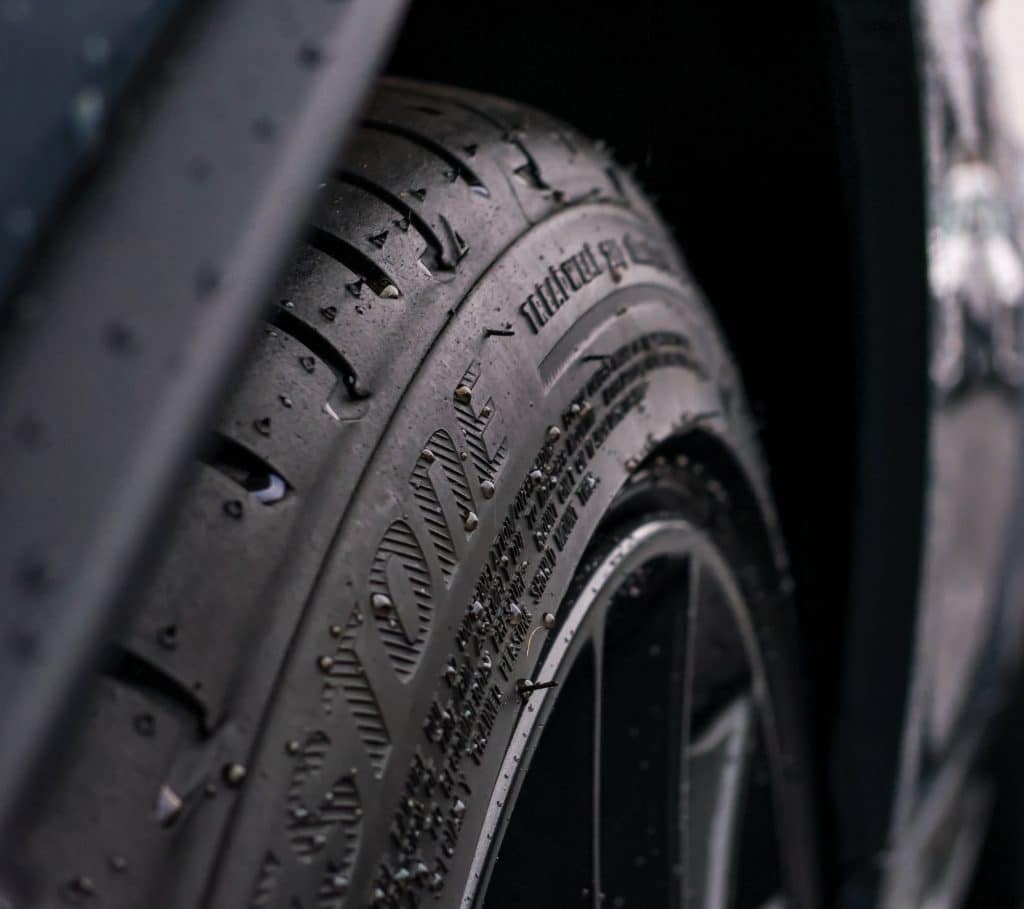
Some tires have stiffer sidewalls, or in the off-road world, some all-terrain and mud-terrain models have reinforced construction. This is to help them survive in off-road conditions, especially when deflated in rock-crawling situations. Tires like these aren’t the best choice when it comes to comfort.
The stiff sidewall or sturdy reinforcement means there won’t be a lot of movement, and the tire won’t deform as much. Keep in mind that I’m talking about tires inflated at optimal pressures. When going over bumps or potholes, the lack of movement means there won’t be anything to absorb and soften the hit, resulting in a harsher ride.
That’s why touring tires are the most comfortable option you can find out there. This also means you will have to sacrifice something else in other departments, but I’ll discuss that in one of the following sections.
Tire Size
I spoke about tire size a while ago and explained what it all means. For this guide, I’ll focus on the aspect ratio or the part we sometimes call the tire profile. It determines how tall the sidewall is and is a percentage of the tire’s width. If a tire is 225 wide and the profile is 65, it means that the sidewall’s size is 65% of the width.
This part of the tire is crucial for comfort. When driving, the pressure keeps the tire’s shape as round as possible, but that’s not always the case. There is a bit of flex with bumps or potholes, as I explained in the previous section. This helps with the comfort levels, but there’s a slight issue.
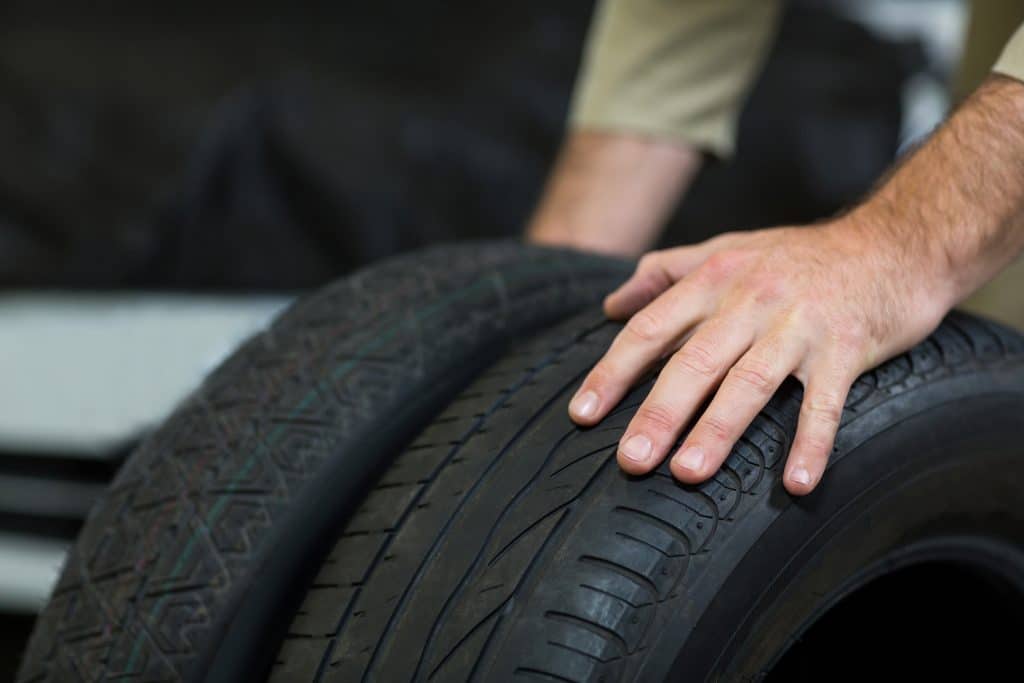
When we’re looking at a tire with a smaller profile, there isn’t a lot of sidewall to absorb the impact. Sure, it will soften the initial blow a bit, but it won’t be as good as a tire with a larger profile.
This is most commonly noticeable when people upgrade their wheels in terms of diameter. To keep the overall diameter of the wheel and tire as close to stock as possible, you’ll need to go for a smaller profile when you increase the wheel size. For example, the profile on the front tires on my IS250 is 45 for the 17-inch model and 40 for the 18-inch.
To be fair, it’s not a massive difference, but if I decide to go for 19- or 20-inch wheels, then the comfort levels will take a massive hit. I’d need to go for a very small profile, and the comfort levels won’t be as good as with the 17-inch ones.
Rubber Compound
The third aspect I’m going to cover is the rubber compound. To be fair, this one makes a difference, but it’s not as massive as with the other two. There are 3 types of tires based on the compound: summer, winter, and all-season. Yes, there’s the all-weather option, but they still have all-season rubber, so we usually put them in the same category.
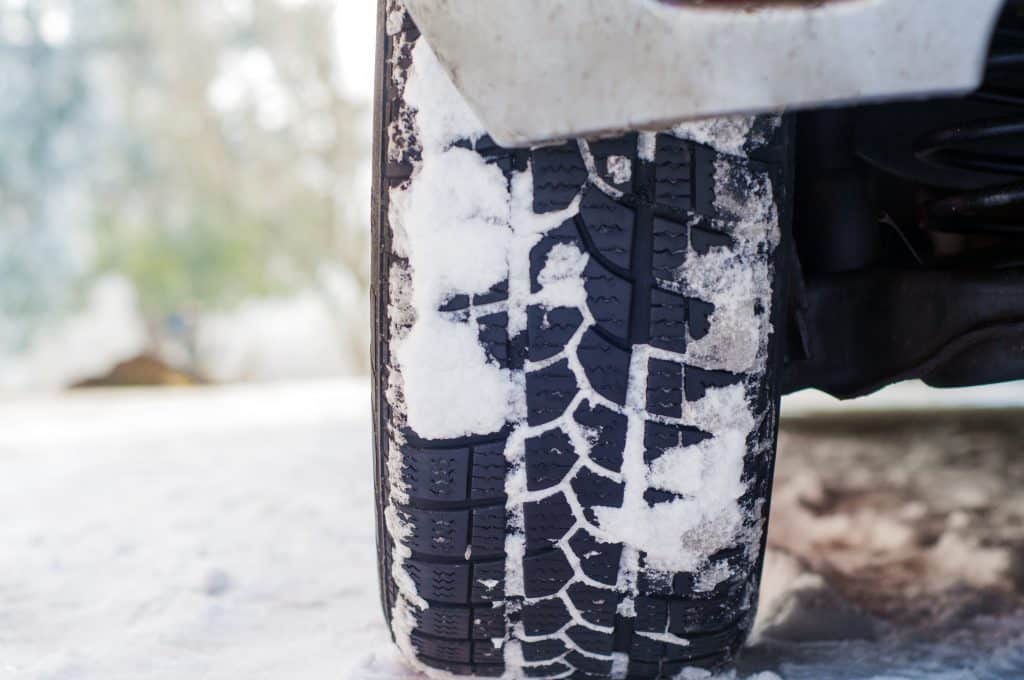
Out of the 3, the winter tires have the softest compound because they need to remain pliable in colder temperatures. Most people will mention the performance-oriented models as ones with softer compounds, and that’s true. With that said, despite the “softness,” the internal construction is much more rigid, so even if there is a bit of flex in the tread blocks, it doesn’t contribute to improved ride quality.
So, how does the compound affect the ride quality? It helps a bit with the smaller imperfections and cracks in the road. The softer rubber can flex more and smooth out some imperfections. It’s not like a winter tire will be massively more comfortable than a summer one, but you may notice a difference if you’re looking for it. Most people get in their car and drive, so they probably won’t know if it makes a difference or not.
Choosing the Right Tire for the best Ride Quality
Now we come to the part where I tell you it’s up to you to decide. I can say which tire I feel is the best, but that’s subjective because I know what I’m looking for and how I want the tires to behave. Even though I drive a sedan aimed at a well-refined driving experience, I’m still looking for a bit of sportiness. This puts me in a weird situation where I need to make some compromises, which is my main point. You can’t have a tire with excellent performance and to be the most comfortable one. Those two don’t mix, so what are your options?
The first aspect you should consider is the car that you drive. With loads of different types of cars, each one offers unique driving characteristics. Even when we look at two cars from the same category, we’ll notice a difference in how they ride. That’s why it’s a good idea to go with the type of tire that matches the type of vehicle. For example, fitting a set of UHP tires on a minivan is pointless. Sure, you’ll get more traction, but you’ll never get the most out of those tires because a minivan isn’t designed for that. Most importantly, you’ll be compromising the comfort levels.
With a sporty car, the comfort levels aren’t the best, so regardless of the type of tires you have, it won’t make a massive difference. You may have a slightly softer ride, but don’t expect miracles here. With that said, fitting a set of highway tires on a sporty coupe will kill the sportiness, meaning that there is a drawback that you’ll need to accept.
As far as the size is concerned, to be specific, the sidewall profile, your best bet is to go with what the manufacturer recommended. During the development process, companies test to see which sizes work the best in terms of offering the best driving experience. With a sporty car, you’re looking at performance and handling, while with saloons, you’re getting more comfort. You can tweak the size and go for smaller wheels, increasing the sidewall profile. This will give you a bit more comfort, but you will sacrifice a bit with the handling if that’s what you’re interested in.
Conclusion
For most people, the ride quality is an aspect of the car that’s determined by the suspension. Sure, it’s the main component that determines how soft or harsh the ride will be, but it’s only a part of the story. Among the many things that can ruin or improve the ride quality are the tires.
Even though tires cannot take credit for drastically changing how a car rides, they can make noticeable changes. A set of UHP tires will offer a harsher ride than highway ones, which is the main thing to consider. Whenever you need to choose a new set of tires, deciding what you want from them is important.
Performance and comfort don’t mix well, so you’ll need to make certain compromises. There are some performance-oriented models that are acceptably comfortable, and on the other hand, there are touring tires with decent performance. In both cases, one aspect isn’t the best.
At the end of the day, the decision is yours, depending on what you need. It’s not like you’re not allowed to put a set of UHP tires on an economy hatchback or highway tires on a sporty coupe. The most important thing to remember is that by doing this, you’ll change how your car rides and handles.
